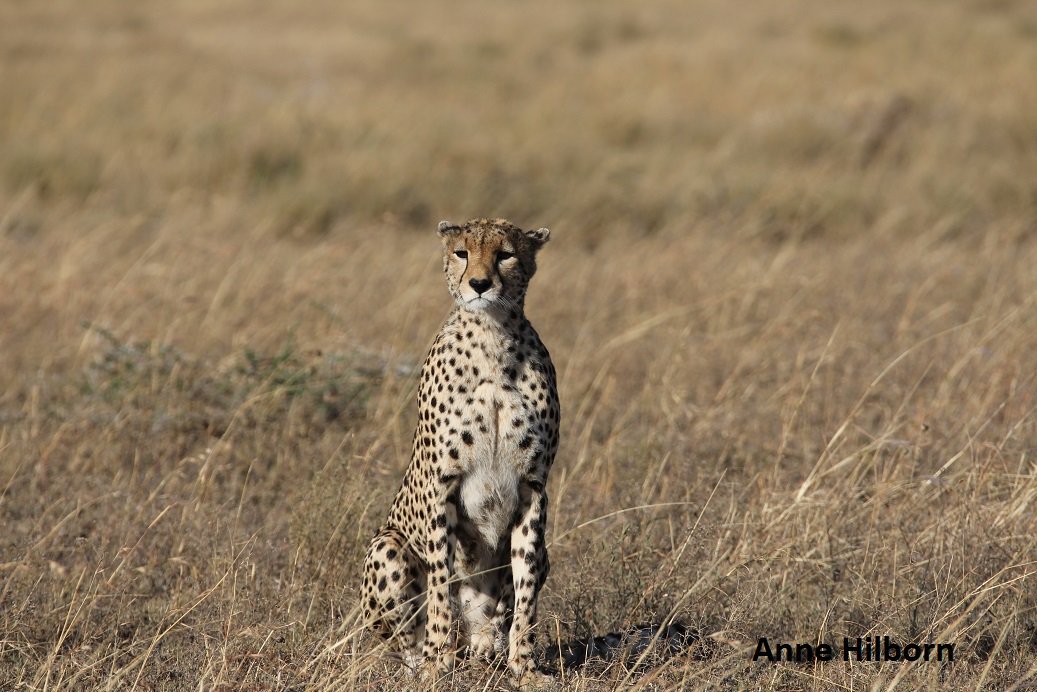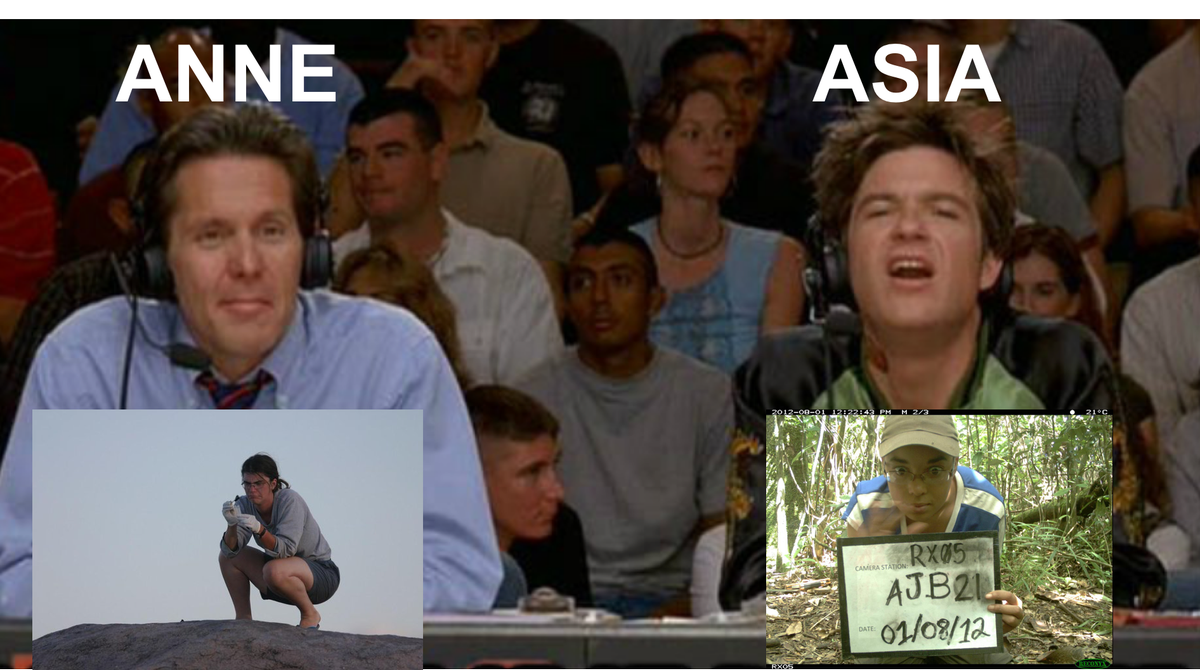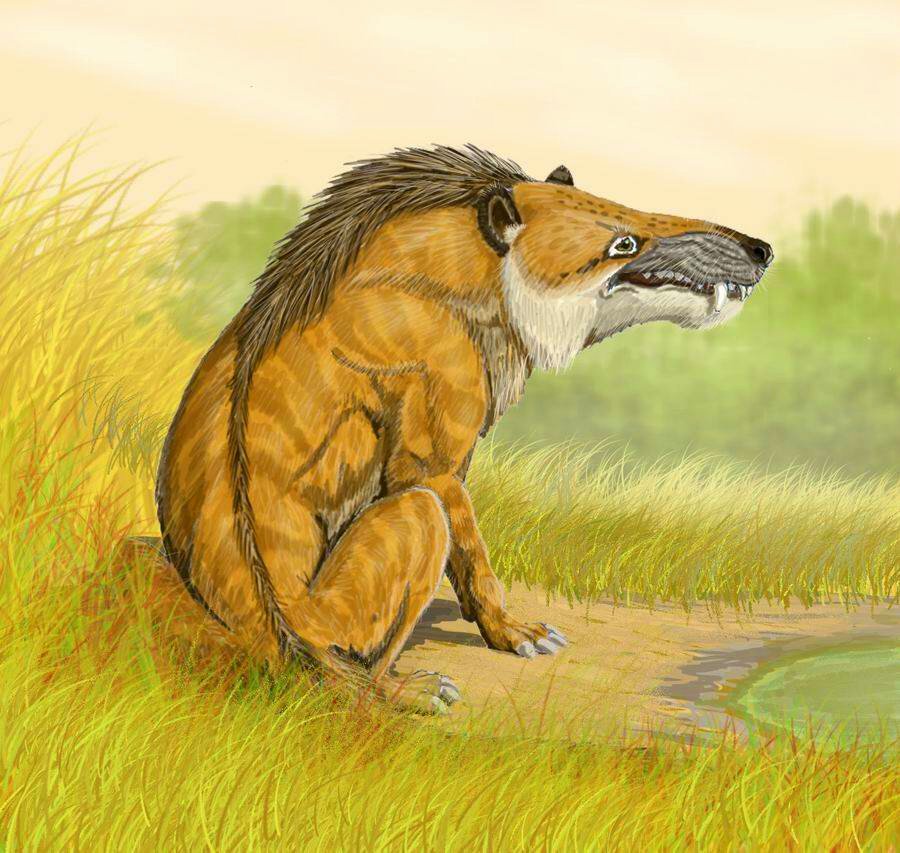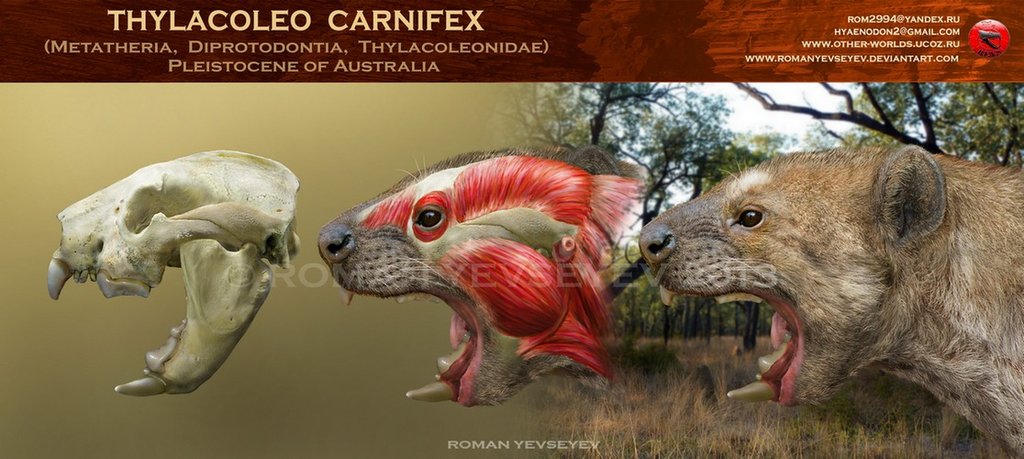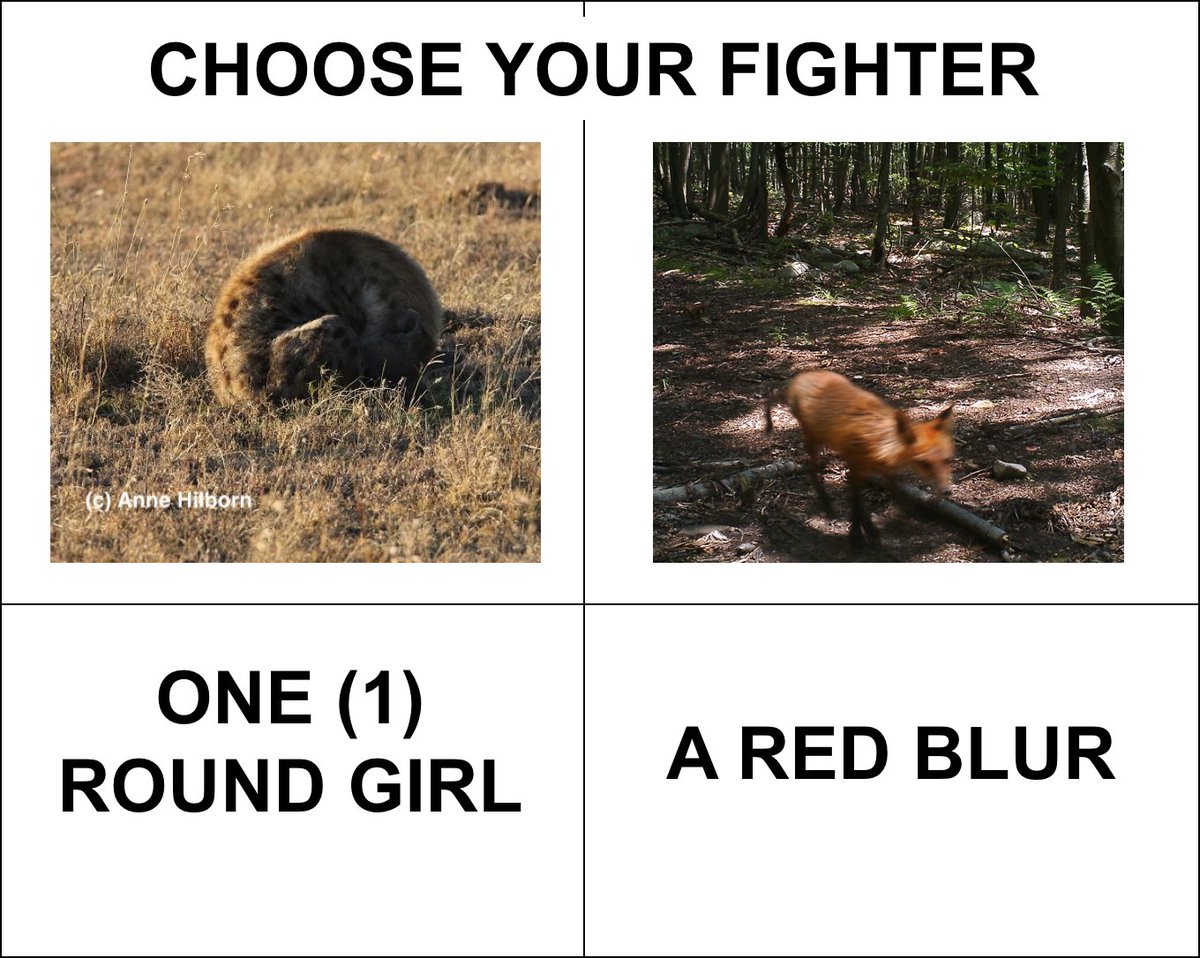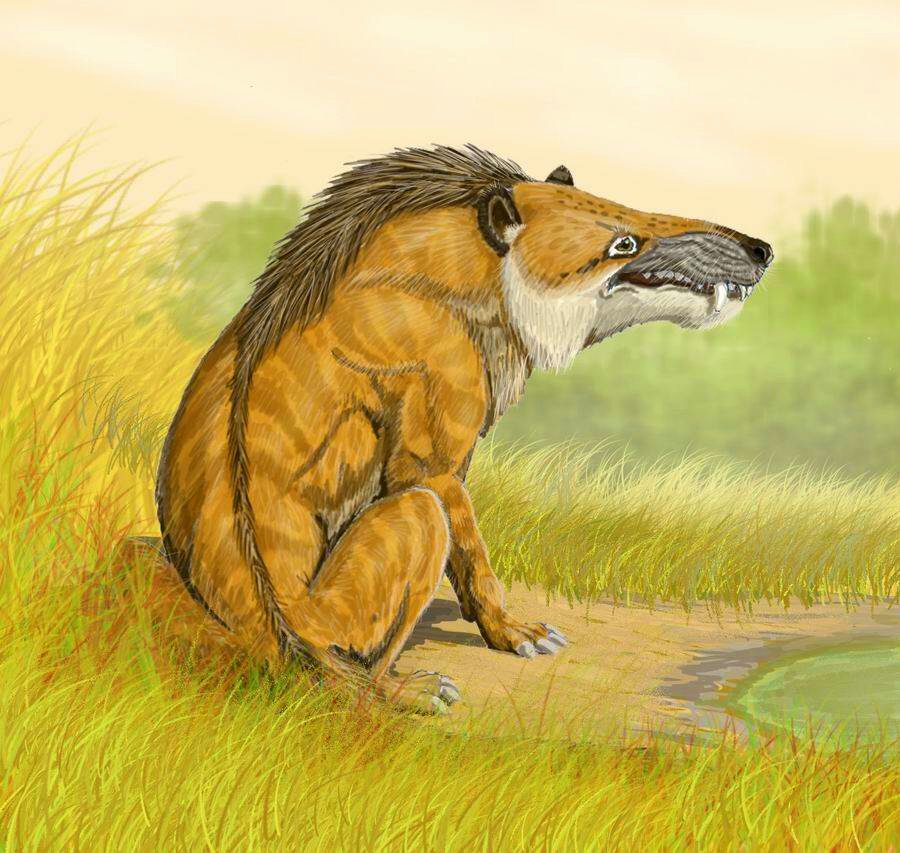'TIS THE FINALE!! #1 seeded Doedicurus clavicaudatus vs. #4 seeded Andrewsarchus mongoliensis!
(DC: gettyimages.ca/detail/news-ph…; AM: Bogdanov 2006) #2018MMM

(DC: gettyimages.ca/detail/news-ph…; AM: Bogdanov 2006) #2018MMM
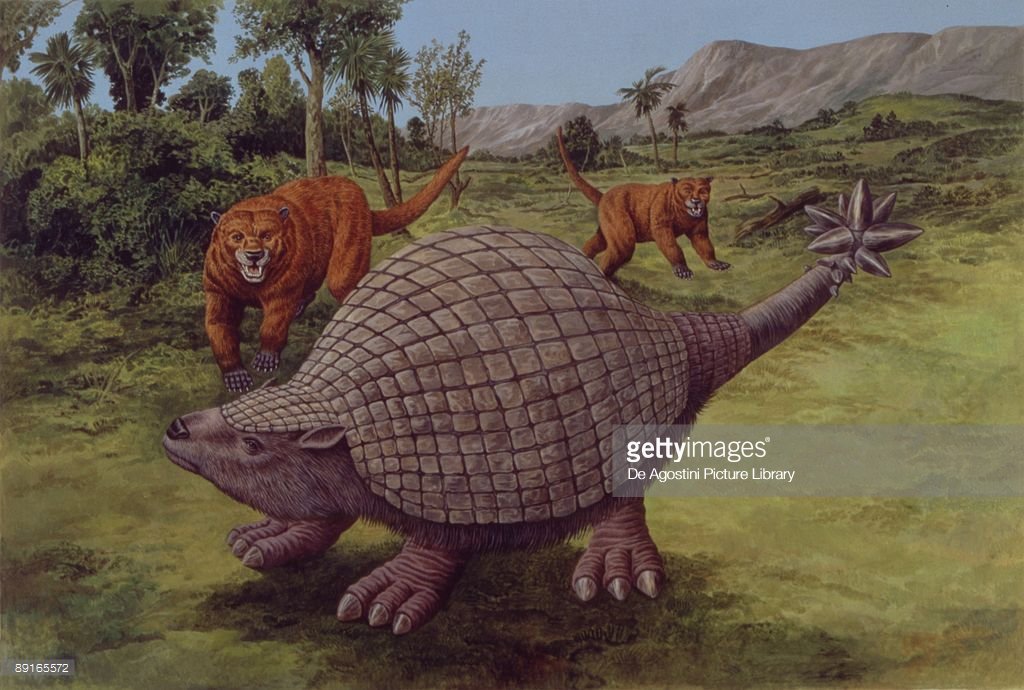
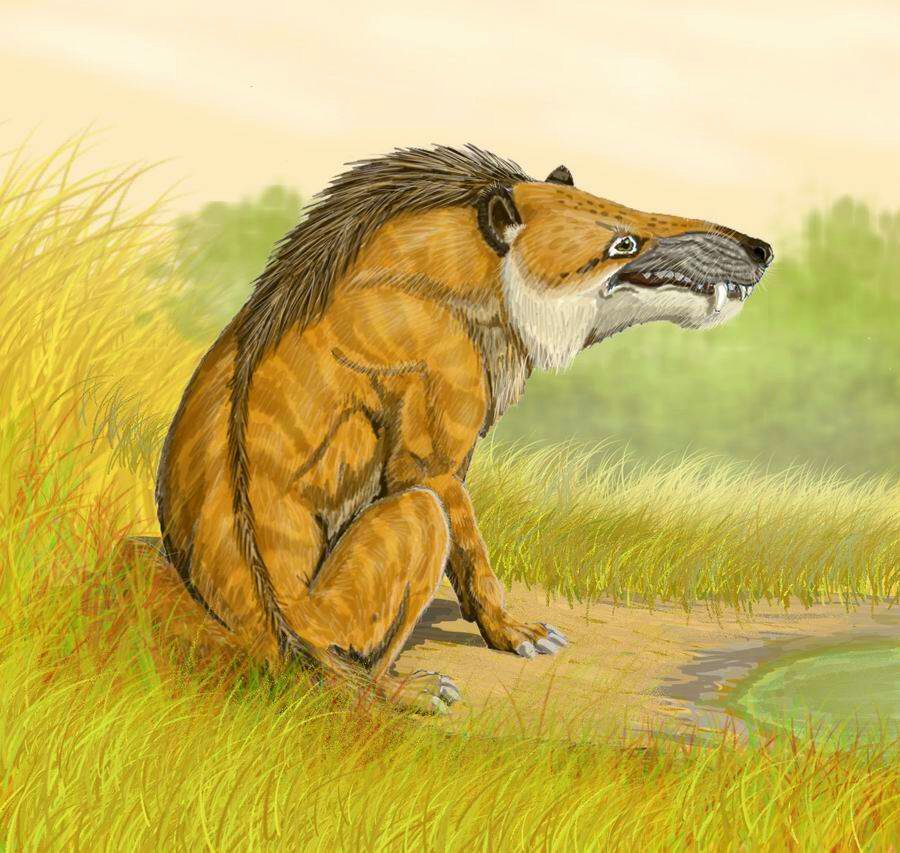
Tonight's battle has been brought to you by the mighty collaboration of @PKurnath & I. #teamwork #TeamKylo #2018MMM
Doedicurus, a.k.a. #TankMammal, made it to the #Sweet16 by being large like a boulder and tough like a battering ram. #2018MMM
Andrewsarchus made it to the big dance after crunching an ancient giant rabbit and stealing fresh meat from Thylacoleo (although not without getting wounded!). #marsupialcatscandal #2018MMM 

Tonight we find both ANTECESSORS just over a million years ago along the modern-day southern coast of Uruguay (where fossils of #TankMammal were unearthed by Mones 1988) #2018MMM
#TankMammal is feeling pretty comfortable & at home doing what it always does: looking for food. Andrewsarchus, on the other hand, is almost 18,000 km away from home & about 40 million years in the future! #LowerSeed #2018MMM
Globally, things are MUCH cooler now (Pleistocene ~12degC vs Eocene ~20degC, Hansen et al 2013: rsta.royalsocietypublishing.org/content/roypta…).
Andrewsarchus needs more fuel to maintain its high & constant body temperature. #EndothermyBaby #2018MMM
Andrewsarchus needs more fuel to maintain its high & constant body temperature. #EndothermyBaby #2018MMM
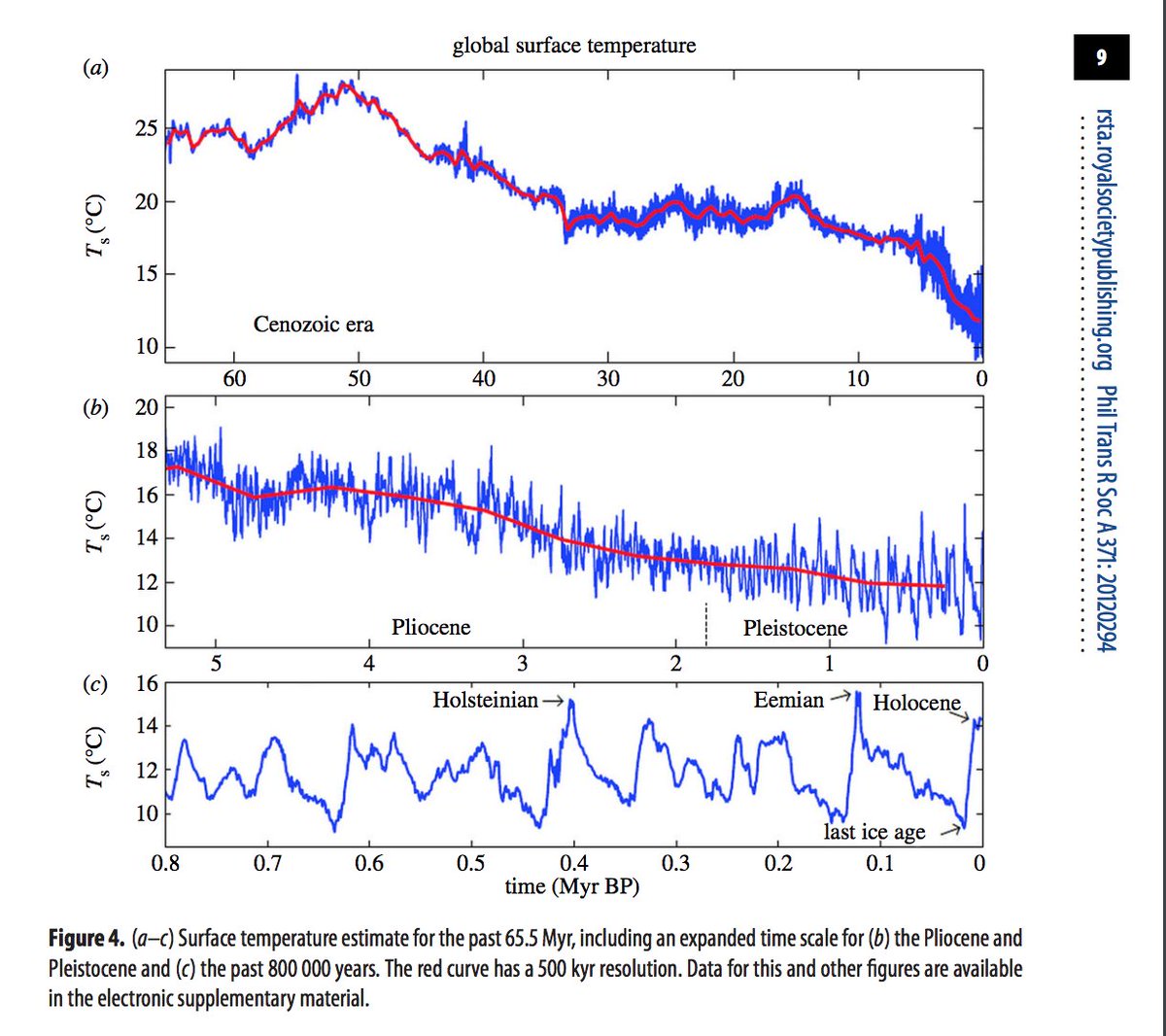
Andrewsarchus is sampling the new smells and shivering a bit when it comes upon what it thinks is a boulder. But the boulder is moving. #2018MMM 
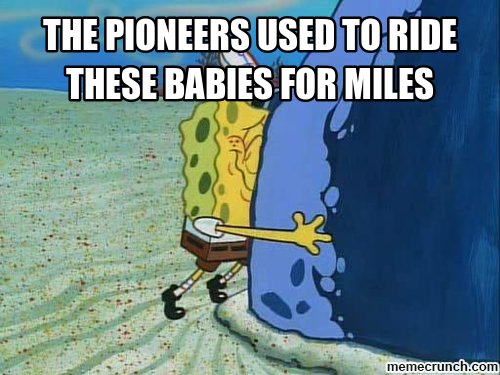
Doedicurus notices Andrewsarchus, but can't move fast enough due to its achy bones.
Andrewsarchus lunges with its massive jaws for Doedicurus' head! #CARNASSIALS #2018MMM
Andrewsarchus lunges with its massive jaws for Doedicurus' head! #CARNASSIALS #2018MMM
Doedicurus swings its head into Andrewsarchus' snout, slamming hard & bony growths into the predator's flesh (Zurita et al 2010 sedici.unlp.edu.ar/bitstream/hand…). Unbeknownst to Doedicurus, it hits Andrewsarchus on exactly the right spot to stop the predator. #TankMammal #2018MMM
The ThylaKYLO's slashes, which Andrewsarchus still bears, have become infected! Pus oozes from the seeping, swollen, & now reopened wound! #2018MMM
Andrewsarchus backs off, shaking its head. Doedicurus takes this moment to present its hard side to the predator, protecting its more vulnerable head and neck. #ComeAtMeBro #2018MMM
Andrewsarchus is still interested, but cautious. It attempts to circle around, but the alerted Doedicurus is just light enough on its feet to keep a side to the predator. #2018MMM
Annoyed, Andrewsarchus goes to where Doedicurus can't see it; its rump. It gnaws on the bony hindquarters with those turtle-shell-breaking teeth, avoiding being hit on the snout by Doedicurus' tail.
(credit: Mark Sheridan-Johnson; dailymail.co.uk/news/article-1…) #2018MMM

(credit: Mark Sheridan-Johnson; dailymail.co.uk/news/article-1…) #2018MMM


Unfortunately, the tail hits Andrewsarchus on its infected rump wounds! #2018MMM
What to do? Andrewsarchus steers clear of head and tail by gnawing at Doedicurus' side. It bites one way, then the other.
Will Andrewsarchus' powerful jaws be enough to crush through the shell? #2018MMM
Will Andrewsarchus' powerful jaws be enough to crush through the shell? #2018MMM
Doedicurus waits patiently as Andrewsarchus slobbers & grinds its teeth against its hard shell. Andrewsarchus shifts its bite and closes down with all its might.
Then...
CRACK!!!!! #2018MMM
Then...
CRACK!!!!! #2018MMM
Andrewsarchus has broken a tooth on Doedicurus' hide! Its wounds smarting and its jaw aching, Andrewsarchus decides to seek softer quarry. #2018MMM
DOEDICURUS OUTWAITS ANDREWSARCHUS!!!! #TankMammal #2018MMM
• • •
Missing some Tweet in this thread? You can try to
force a refresh




